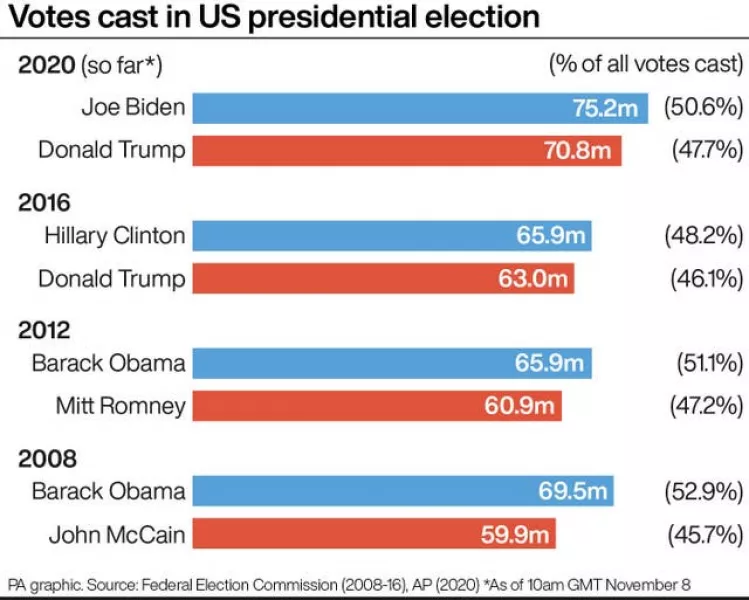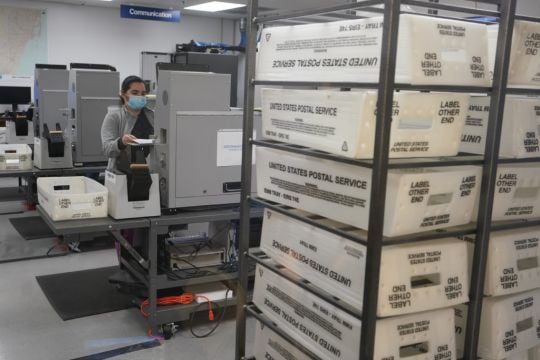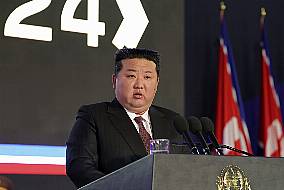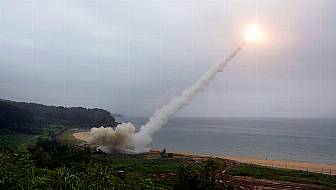Turnout in the US election has hit a 50-year high and eclipsed the record set in Barack Obama’s triumph in 2008, in what analysts are calling an extraordinary engagement in what amounted to a referendum on Donald Trump’s leadership.
With votes still being counted on Sunday, the tallied ballots accounted for 62% of the eligible voting-age population in the US. That is a 0.4 percentage point increase so far over the rate hit in 2008, when the nation elected its first black president.
The sheer number of votes also set records, although that is a less remarkable milestone given the country’s growing population.

So far 148 million votes have been tallied, with Democrat Joe Biden winning more than 75 million — the highest number for a presidential candidate in history. Mr Trump received more than 70 million — the highest total for a losing candidate.
Election experts and partisans are already debating the forces behind the swell of civic participation.
Some called the numbers a result of many states expanding the time and the ways in which voters could cast ballots. Others noted the extraordinary high passions Mr Trump provoked — both for and against.
The result is the highest turn-out rate from eligible voters since 1968, according to data from the Associated Press (AP) and the United States Elections Project, which tracks turnout. Experts think the 2020 rate could hit heights not seen since the beginning of the 20th century, before all women were allowed to vote.

“It’s hard to imagine we can get higher than this,” said Michael McDonald, a political scientist at the University of Florida who runs the Elections Project.
An AP analysis shows that some of the biggest turnout increases to date occurred in states that liberalised their mail-voting rules. In two states where it was expanded significantly, Montana and Vermont, turnout rose by more than 10 and nine percentage points respectively on the previous presidential election, enough to put those states into the top 10 for increases.
Many of the states with the biggest turnout increases — including Arizona, Texas and Georgia — were new battlegrounds in the presidential race, places where Democrats sought to mobilise new voters and shift Republican strongholds.







